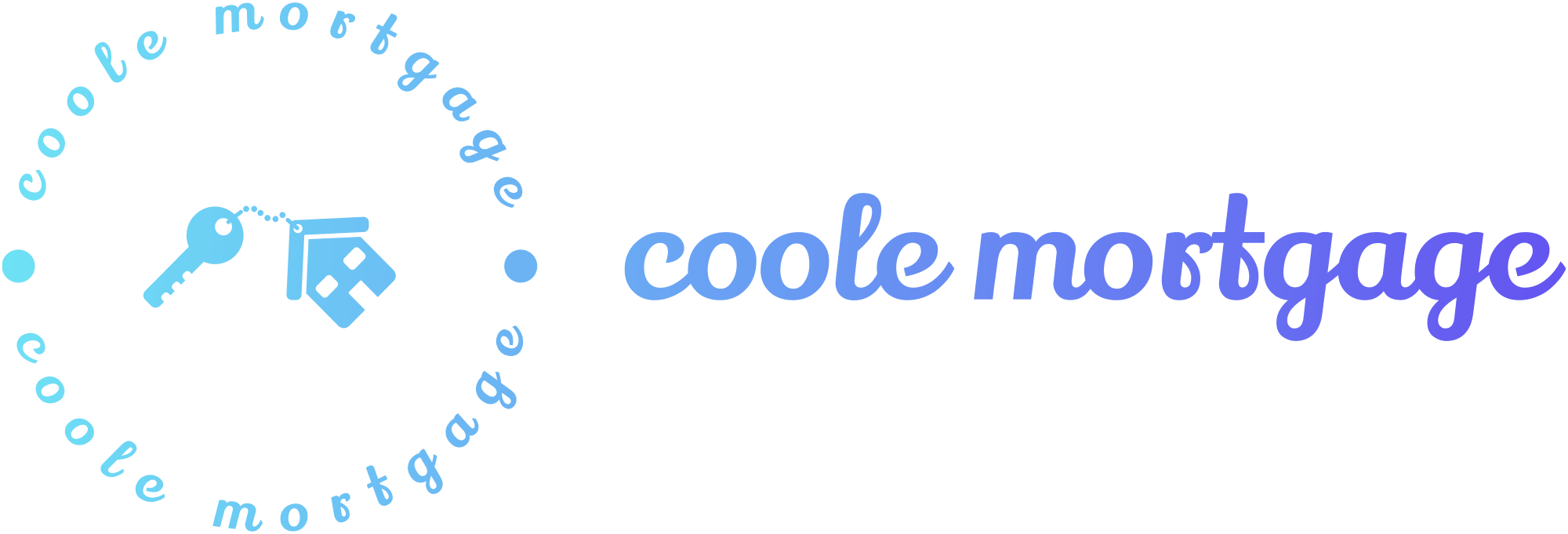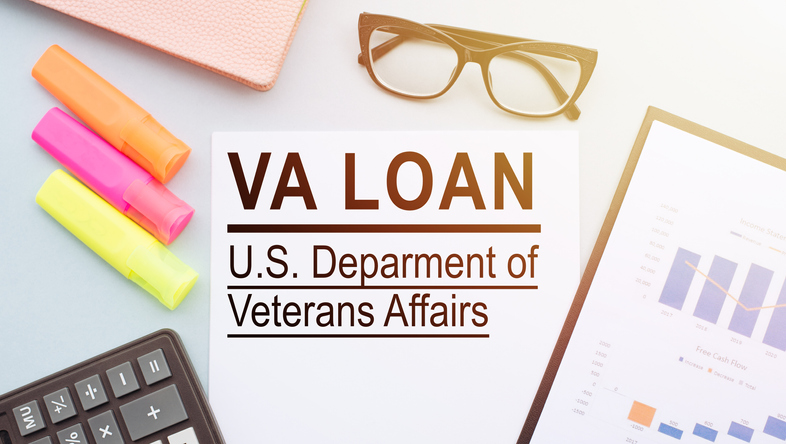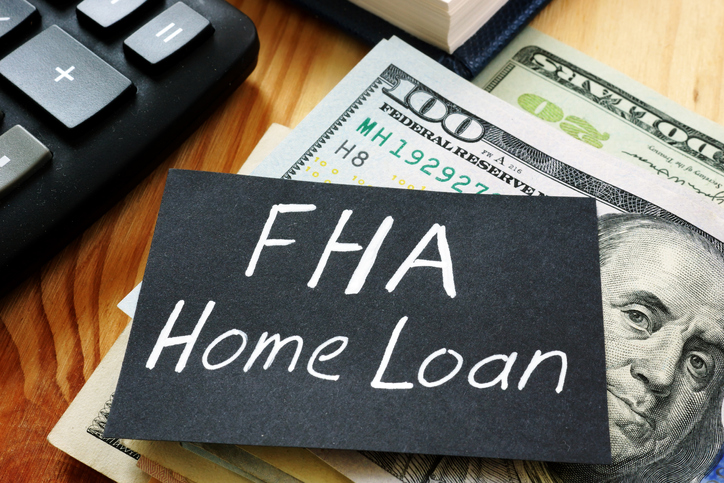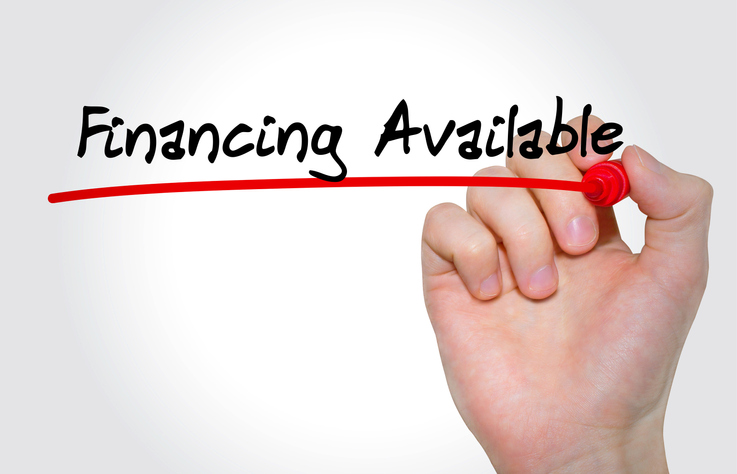The Appeal of VA Loans for First-Time Homebuyers
For many individuals embarking on the journey of homeownership, navigating the maze of mortgage options can be a daunting task. Among the array of financing programs available, the VA loan stands out as a beacon of opportunity, especially for first-time homebuyers. Rooted in the commitment to support veterans and active-duty service members, the VA loan program has gained popularity for several compelling reasons.
Highlights of a VA Loan
Zero Down Payment Advantage
One of the most significant advantages that make VA loans appealing to first-time homebuyers is the absence of a down payment requirement. While many conventional loans may demand a substantial upfront payment, the VA loan program enables eligible veterans and service members to finance 100% of the home’s purchase price. This zero down payment feature can be a game-changer for those with limited savings, eliminating a significant barrier to entry into the housing market.

Competitive Interest Rates
A loans often come with competitive interest rates, making homeownership more affordable for those who have served in the military. The U.S. Department of Veterans Affairs guarantees a portion of the loan, mitigating the risk for lenders. This guarantee not only encourages lenders to offer favorable interest rates but also allows veterans and service members to secure financing with terms that are often more attractive than those of conventional loans.
Flexible Credit Requirements:
The VA loan program is known for its flexibility in credit requirements. While creditworthiness is still a factor in the approval process, VA loans are generally more forgiving of lower credit scores compared to some conventional loans. This inclusivity enables veterans and service members with diverse financial backgrounds to qualify for homeownership, even if they may have faced challenges securing financing through other means.
No Private Mortgage Insurance (PMI)
Unlike many conventional loans that require private mortgage insurance (PMI) when the down payment is less than 20%, VA loans do not mandate this additional cost. The absence of PMI can result in substantial cost savings over the life of the loan, contributing to the overall affordability of VA financing.
VA Loan Comparison : How does a VA loan compare to other loan programs?
| VA Loans | Conventional Loans | FHA Loans |
|---|---|---|
| 0% Down Payment VA loans don’t require a down payment | Up to 20% Down – 20% down is the traditional conventional loan but there are programs available with as little as 3% | 3.5% Down – FHA loans require a down payment of 3.5% unless you qualify for assistance. |
| No PMI VA loans don’t require private mortgage insurance, even with 0% down. | PMI Required – Conventional loans will require private mortgage insurance unless you make a 20% down payment. | PMI Requires – FHA loans require PMI and it will be on there for the life of the loan. |
| Competitive Interest Rates– VA loans have low interest rates compared to other loan programs available. | Low Rates at a Cost – Conventional loans have higher rates and you must have a high score to get the top tier interest options or pay alot of money to buy the rate down. | Comparable to VA rates- FHA loans are typically lower on average than conventional rates but are comparable to VA rates. |
| Lowest Origination CostsVA loans had the lowest average origination cost last year, according to HMDA data. | Middle of the Road CostsAverage conventional loan origination charges were 22% higher than VA charges last year, according to HMDA data. | Highest Origination CostsAverage conventional loan origination charges were 27% higher than VA charges last year, according to HMDA data. |
| Easier to QualifyThe VA loan is a hard-earned job benefit created to expand access to homeownership for Veterans and service members. More flexible and forgiving credit underwriting guidelines are a hallmark of the program. | Standard ProceduresConventional mortgage options often require higher credit scores and down payment requirements than VA loans, along with stricter underwriting guidelines in some cases. | Qualifying is Easier, TooFHA loans were created to help lower and middle-income consumers become homeowners and offer some flexible underwriting guidelines. |
How To Buy a Home With a VA Loan
The first thing is to make sure you meet the minimum service requirements.
VA minimum service requirements
Home buyers must meet one or more VA service requirements to qualify for the VA Home Loan program.
90 consecutive days of active service during wartime
181 days of active service during peacetime
Six years of service in the National Guard or Reserves
90 days under Title 32 orders with at least thirty consecutive days
Spouses of service members who died while serving or from service-related disabilities may also be VA loan-eligible.
Once you’ve determined that you meet the service requirements, follow these next steps.
1. Submit an application for a VA loan: This involves providing information about your income, assets, and debts to a mortgage company.
2. A loan officer will review your application and determine if you qualify and will provide a pre-approval letter. The pre-approval letter will give you an idea of how much you can afford to borrow.
3. Find a real estate agent: Work with a real estate agent who has experience with VA loans and understands the unique requirements of VA home purchases. They can help you find a home that meets VA guidelines.
4. Start house hunting: Begin your search for a suitable home. VA loans have specific requirements regarding the condition of the property. The home should be in good, safe, and sanitary condition.
5. Make an offer: Once you find a home you like, make an offer to the seller. If your offer is accepted, you can move on to the next steps with closing your VA loan. At this point you’ll want to advise the mortgage company that you have an accepted offer so they can proceed with the processing of the loan.

After you have an accepted offer the following steps take place
The home gets appraised: The VA requires that the property undergo a VA appraisal to determine its value and ensure it meets the VA’s minimum property requirements (MPRs). The appraisal is arranged by the lender but paid for by the buyer.
The loan gets reviewed by an underwriter who provides a loan approval: At this point, your mortgage application goes through a thorough evaluation process, and one of the key individuals involved is the underwriter. The underwriter is a highly trained and experienced professional responsible for assessing the risk associated with lending you money and ensuring that the loan adheres to the lender’s guidelines as well as VA requirements.
Here’s a breakdown of the steps involved when the VA loan gets reviewed by an underwriter:
Document Verification:
The underwriter will carefully review all the documents you provided during the loan application process. This includes your income verification (pay stubs, W-2s, tax returns), assets (bank statements), credit history, employment history, and any other relevant financial documents.
Credit Analysis:
The underwriter assesses your credit history, looking at your credit score, payment history, outstanding debts, and any derogatory marks on your credit report. A satisfactory credit history is important for loan approval.
Debt-to-Income Ratio (DTI) Evaluation:
The underwriter calculates your DTI, which compares your monthly debt obligations (such as credit card payments, car loans, and the proposed mortgage payment) to your gross monthly income. VA loans typically have more flexible DTI requirements, but there are still limits.
Property Appraisal Review:
The underwriter reviews the VA appraisal report to ensure that the property’s value meets or exceeds the loan amount and that the property meets the VA’s Minimum Property Requirements (MPRs). MPRs are guidelines for the condition and safety of the home.
Risk Assessment:
The underwriter assesses the overall risk associated with your loan application. They consider factors such as your creditworthiness, the property’s condition, and the lender’s guidelines to determine if lending to you is a reasonable and acceptable risk.
Conditions and Additional Information:
In many cases, the underwriter may request additional documentation or explanations for certain aspects of your application. These conditions must be satisfied before the loan can close.
Loan Approval or Denial:
Based on the underwriter’s evaluation, they will issue a loan decision. If approved, you will receive a “clear to close” status, indicating that all conditions have been met, and you can proceed to the closing process.
How long does the VA underwriting process take?
The duration of the mortgage underwriting process, is typically 30 days after an accepted offer is received. Several variables can impact the timeline.
Borrower’s Preparedness: The timeline can be influenced by how quickly the borrower provides all requested documentation and responds to any inquiries or requests for additional information. Delays in providing necessary documents can extend the process.
Complexity of the Loan: The complexity of the mortgage application can affect the timeline. For instance, if there are unique financial circumstances, multiple borrowers, or issues with the property appraisal, it may take longer to underwrite the loan.
Potential Issues and Conditions: If the underwriter identifies issues or conditions that need to be resolved, it can add time to the process. These conditions must be satisfied before the loan can close.
While a 30-day timeline is a common goal for many lenders, it’s not guaranteed, and the actual duration can vary. Some loans may be approved more quickly, while others may take longer, particularly if there are complexities or delays in documentation.
While VA loans offer numerous advantages to eligible veterans and service members, they also have some potential drawbacks that borrowers should be aware of.
Drawbacks of a VA loan
Funding Fee: VA loans typically require a funding fee, which is a one-time upfront fee paid to the VA. The amount of the funding fee varies depending on factors such as your military status, down payment amount, and whether it’s your first or subsequent use of a VA loan. While the fee can be rolled into the loan, it does add to the overall cost of the loan.
Property Requirements: VA loans have specific property requirements, including the property meeting the VA’s Minimum Property Requirements (MPRs). This means that the property must be in good, safe, and sanitary condition. If the home does not meet these requirements, it may not be eligible for VA financing, potentially limiting your housing options.
Appraisal Process: VA loans require a VA appraisal, which can sometimes result in delays or complications if the property doesn’t meet the MPRs or if there are appraisal issues. These issues may need to be resolved before the loan can proceed.
Occupancy Requirement: VA loans are intended for primary residence purchases, and borrowers are required to certify that they intend to occupy the property. You may not use a VA loan to purchase a second home or investment property.
Limited Assumption: VA loans are not as easily assumable as some other types of loans. While they can be assumed by another eligible veteran or service member, the process requires approval from both the lender and the VA.
Potential Funding Delays: While VA loans offer benefits such as no down payment, this can sometimes result in longer processing times, especially during busy housing markets. Sellers may prefer buyers with conventional loans or cash offers due to perceived faster closing times.
VA Loan Limits on Closing Costs: VA loans have certain restrictions on the types and amount of closing costs that can be paid by the borrower. In some cases, the seller may need to cover more of the closing costs to make the deal work.
Despite these drawbacks, VA loans remain an excellent option for many eligible borrowers, offering competitive interest rates, no down payment requirement, and more favorable terms than some other loan types.
Questions? We Have Answers.
Get answers to a list of the most Frequently Asked Questions.






